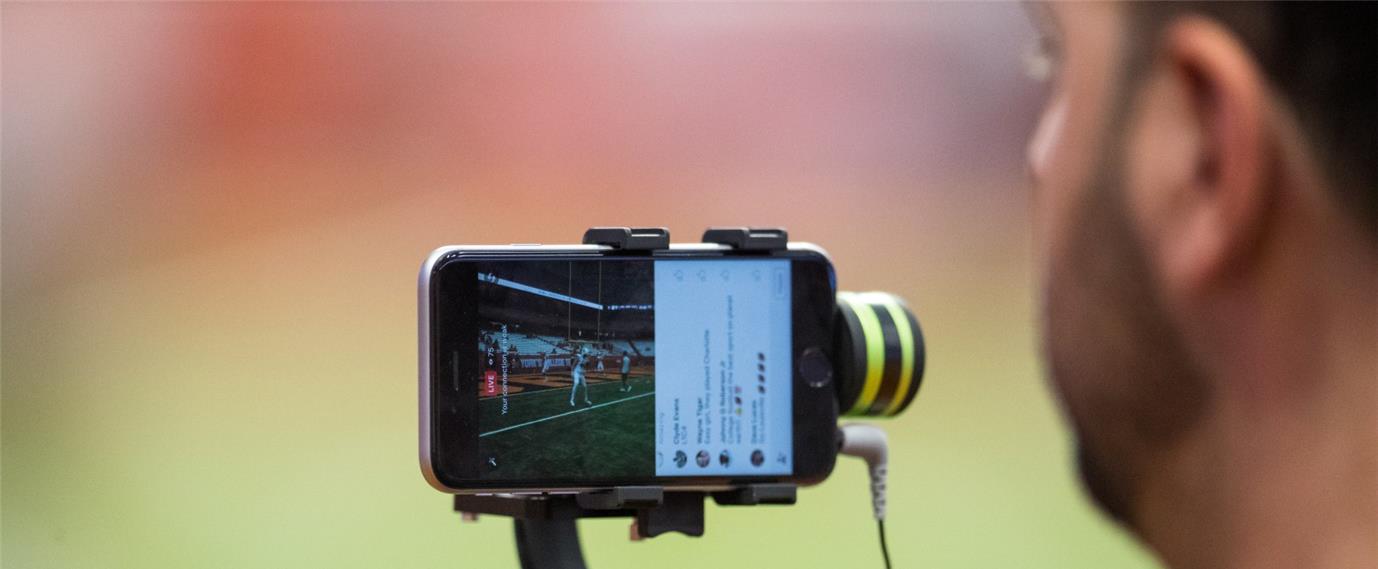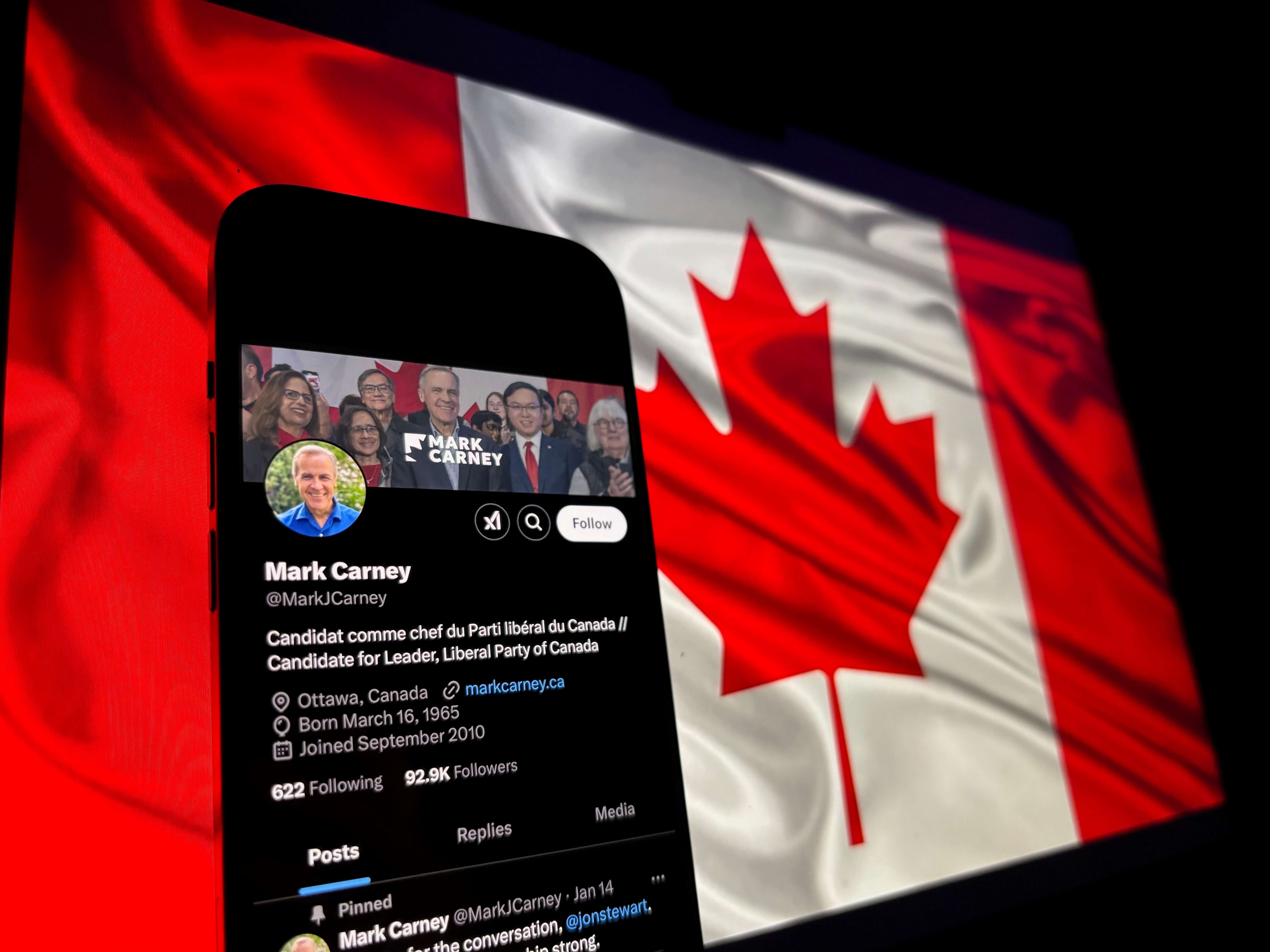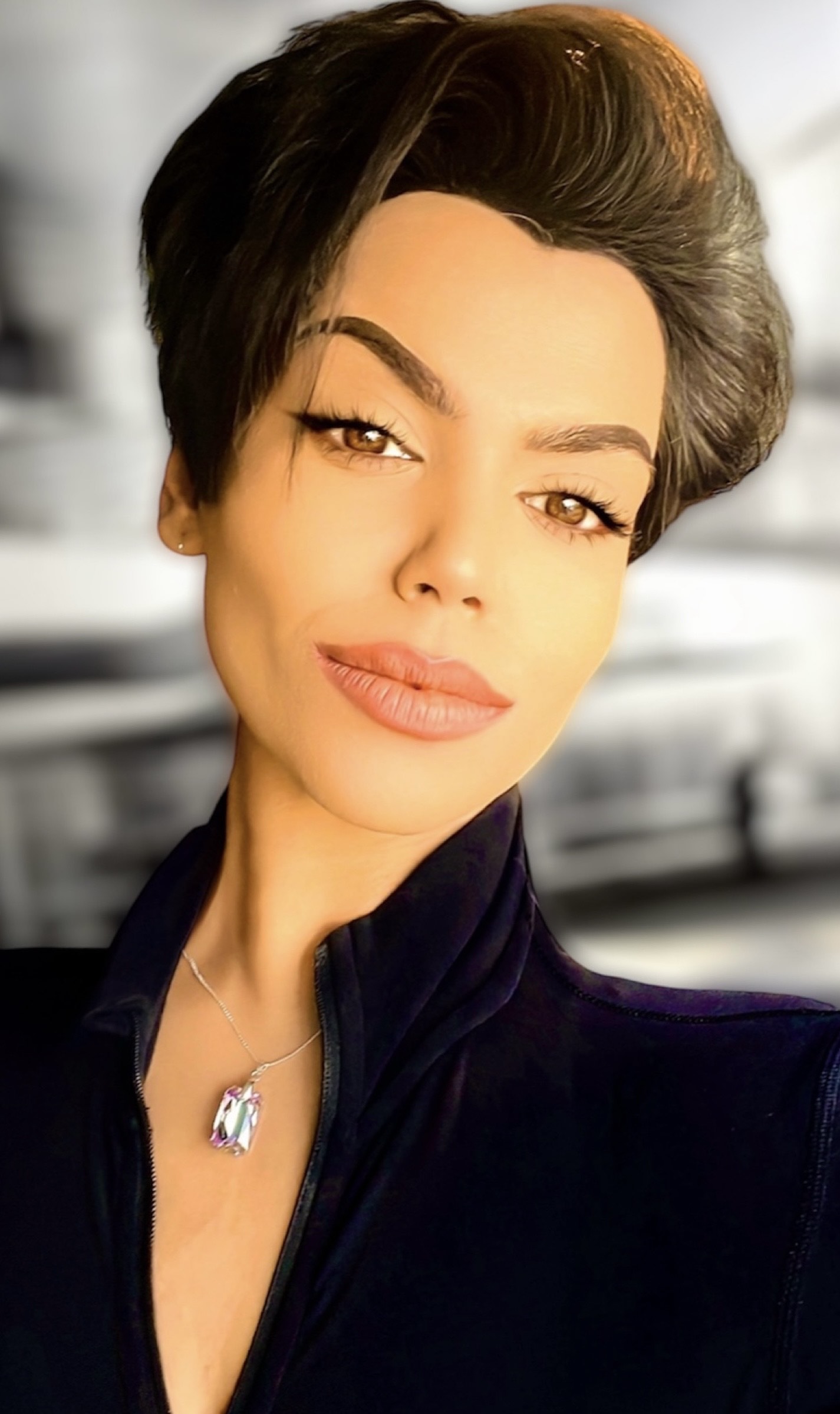عندما ظهر الإعلام الإلكتروني في تسعينيات القرن الماضي، كان النص المكتوب هو المهمين على غالبية المواقع، لذلك خُلق نقاش لم يخمد إلى الآن حول مستقبل الجرائد المطبوعة ومدى قدرتها على منافسة هذا المارد الجديد، لا سيما أن هذه الجرائد وجدت نفسها متخلّفة بساعات، وأحيانا يوم أو يومين، عن المواقع الإلكترونية في متابعة جديد الأخبار، فأضحى نشر جريدة مطبوعة لخبر من مصدر متاح للجميع كالبلاغات الحكومية أمرا غير ذي فائدة تقريبا، اللهم إلا ملء الصفحات أو إخبار فئة قليلة من القراء لا تزال تعتمد على الورق مصدرا للأخبار.
غير أن برامج وتطبيقات الفيديو التي ظهرت على الساحة مؤخرا، ونمو سوق الهواتف الذكية وإتاحة وسائل التواصل الاجتماعي لتقنيات البث المباشر وتعميم الكاميرات، كلها أمور أنهت هيمنة النص على المواقع الإلكترونية وخلقت نقاشَا جديدا حول منافسة الإنترنت للفضائيات بعدما ظهر تفوقه الواضح على المطبوع، وهو أمر تجلى أكثر بظهور التلفاز الذكي الذي يتيح مشاهدة البرامج من المواقع الإلكترونية كـ"اليوتيوب".
الأرقام تؤكد سطوة الفيديو
الحقيقة الساطعة الآن أن الفيديو أضحى ركنا بالغ الأهمية داخل المواقع الإخبارية خلال السنوات الأخيرة بعدما كان سابقا مجرّد جانب تعتمد فيه المواقع الإخبارية بالأساس على ما تنتجه الفضائيات أو ما تلتقطه هواتف الناس ويُنشر على "يوتيوب" أو "ديلي موشن"، إذ نادرا ما كنا نرى ميكروفونات تحمل علامة المواقع الإلكترونية وتجوب الشوارع بحثا عن مواد خاصة بها.
هذا التطور بدأ خلال السنوات الأربع الأخيرة، ويظهر جليا أنه لن يتوقف عند هذا الحد، فخبراء الإعلام عبر العالم ينظرون إلى الفيديو كمكوّن أساسي في الإعلام الرقمي خلال المستقبل القريب، بشكل يجعل النص يأتي في المرتبة الثانية. وما يزكي تلك التوقعات هو ما نراه اليوم من هيمنة للفيديو في الشبكات الاجتماعية، خاصة داخل "فيسبوك" و"يوتيوب"، إذ يوجد نمو مخيف في رفع مقاطع الفيديو ومشاهدتها داخل هذين الموقعين الرائدين.
في تقرير لمعهد رويترز (1)، يخصّ توقعات الخبراء لتطور الإعلام الإلكتروني في عام 2016، يتبين بجلاء أن غالبية المؤسسات الإعلامية تفكر في تطوير تجارب الفيديو لديها، وعبر استطلاع رأي 130 شركة في مجالات الإعلام والتكنولوجيا، أكد 79% أنهم سيستخدمون الفيديو خلال هذا العام.
ويعطي موقع فيسبوك أكبر الأمثلة على الاستحواذ المنتظر للفيديو على الإنترنت، فالرقم الإجمالي لمشاهدة الفيديوهات على هذا الموقع وصل في نوفمبر/تشرين الثاني 2015 إلى ثمانية مليارات يوميا (2)، بعدما سجل في أبريل/نيسان من العام ذاته أربعة مليارات، والأكيد أن هذا الرقم تضاعف أكثر من مرة حتى تاريخ اليوم، علما أن هناك من يجادل في مدى حقيقة هذا الرقم بما أن فيسبوك يحتسب مشاهدة الفيديو انطلاقا من الثانية الثالثة، زيادة على أن الفيديوهات تعمل على الموقع بشكل تلقائي إلا إذا غيّر المستخدم الإعدادات.
والمثال الآخر هو موقع يوتيوب، الذي يحتضن لوحده ثلث من يستخدمون الإنترنت في العالم، فهذا الموقع الذي يحتل المركز الثاني عالميا في التصفح اليومي بعد غوغل، نصَّب نفسه أشهر تلفزيون في العالم، بأرقام مشاهدات فلكية تتجاوز 17 مليار دقيقة يوميا إن احتسبنا فقط مليار مستخدم يتوفرون على حسابات فيه، وربما أن الحديث عن قوة يوتيوب لم يعد أمرًا جديدًا، بما أن غالبية المؤسسات الإعلامية عبر العالم تستفيد منه يوميًا لإيصال فيديوهاتها.
التطور التكنولوجي مفتاح نمو الفيديو
ولم يكن تطوّر الفيديو على الإنترنت ليحدث لولا تعميم الإنترنت العالي السرعة، فأسعار الاشتراك في الخطوط الرقمية (ADSL) انخفضت، وانتشار الجيل الرابع من الإنترنت أتاح رفع وتحميل الفيديو بشكل سريع على الهواتف الذكية مع ما تتيحه هذه الأخيرة من تطبيقات لتحرير الفيديو. كما أن تمكين الزبائن داخل المقاهي والفنادق وبعض الأماكن العامة من الاتصال بشبكات الواي فاي لم يعد ترفا، قازداد استهلاك الفيديو على الإنترنت، وأضحى المستخدمون يبحثون في المواقع عما يشاهدوه لا عما يقرؤوه.
لقد عبَّر مؤسس موقع فيسبوك، مارك زوكربرغ، بشكل واضح عمّا ينتظر الإنترنت في العالم عندما صرّح في لقاء (3) مع الجمهور أن غالبية منشورات فيسبوك خلال السنوات الخمس القادمة ستكون عبارة عن فيديو. وتؤكد عدة مؤشرات كلام زوكربرغ، منها أن فيسبوك يتيح للمنشورات التي تحتوي على فيديو الفرصة الأكبر للوصول إلى أكبر جمهور، وهو شيء ملموس في كل صفحاته، ومنها أن فيسبوك يرسل إشعارا للكثير من المستخدمين بوجود بث مباشر على صفحة يتابعونها.
كما ساهمت تطبيقات على الهواتف الذكية في مزيد من نشر ثقافة استهلاك وإنتاج الفيديو، فمثلا تطبيق بيرسكوب الذي يتيح البث المباشر للفيديو على تويتر يقترب من الوصول إلى 50 مليون تحميل على غوغل بلاي ستور لوحده (لا يقدم متجر أبل رقم تحميل التطبيق)، كما ساهمت منصات جديدة في نشر ثقافة الفيديو بدل النص، ومنها منصة ويبيتز التي تستخدمها عدد من الجرائد عبر العالم لتحويل النصوص إلى فيديو في ظرف زمني قياسي.
نماذج لتطور الفيديو في المواقع العربية:
يعدّ مشروع الجزيرة "AJ+ عربي" من أكبر المشاريع العربية على الإنترنت التي تُعنى بالفيديو القصير الذي لا يتجاوز دقيقتين، ويركز هذا المشروع على النشر في فيسبوك بشكل أساسي، فإن جرت العادة سابقا على أن يكون فيسبوك مجرّد فضاء لنشر روابط المواقع الإلكترونية حتى يزورها المستخدم، فإن مشروع الجزيرة ينشر الفيديو بشكل مباشر على فيسبوك دون وضع روابط خارجية.
ويعطي هذا المشروع دليلا آخر على رغبة فيسبوك بالتحوّل التدريجي إلى فضاء للفيديو، فرقم المشاهدات لفيديوهات الصفحة يتجاوز في بعض المقاطع مليون مشاهدة، ويتبين أن مقاطع فيديو الصفحة تصل إلى جمهور أكبر ممّا تصله روابط خارجية لصفحة من الصفحات، فحجم التفاعل في صفحة مشروع الجزيرة أكبر من كثير من الصفحات المنافسة التي تقتصر على ترويج الروابط الخارجية.
وفي المغرب يظهر أن المواقع الكبرى بدأت تعي ضرورة تطوير الفيديو بشكل أكبر، ومن ذلك موقع هسبريس، الأول من حيث الزيارات على أليسكا، فصفحته على اليوتيوب تجاوزت 145 مليون مشاهدة منذ إنشائها عام 2013، كما تتوفر على 201 ألف متابع، وقد بدأ الموقع خلال الأشهر الأخيرة سياسة نشر مقاطع فيديو معدة خصيصا لفيسبوك، لاقت ترويجا كبيرا وصل في بعضها إلى مليون مشاهدة، كما بدأ تجربة البث المباشر للقاءات الصحفية على صفحته بفيسبوك ويوتيوب، خاصة في الانتخابات التشريعية الأخيرة.
كما يوجد مشروع انطلق في المغرب قبل أشهر قليلة لكنه موجه للمنطقة العربية ككل هو "وان مينيت تيفي"، فكما يدل على ذلك اسمه، يركز المشروع على مقاطع فيديو لا تتجاوز دقيقة واحدة، يُستخدم فيها الصور والنصوص والغرافيك واللقطات المتحركة، وتماما كتجربة "+AJ عربي"، فكل مقاطع الفيديو تنشر على فيسبوك.
ويتحدث فؤاد الفلوس، محرّر أول بـ"وان مينيت تيفي"، عن أن تفرّد هذا المشروع يأتي بتركيزه على الفيديو الذي يتضمن معلومات مكتوبة قادمة من مصادر مؤكدة ومتنوعة، وبضرورة ألّا يتجاوز توقيت الفيديو دقيقة واحدة، وبتوجهه بشكل أساسي إلى الشباب عبر البحث عن المواضيع التي تهمهم، مشيرا إلى أن غالبية شباب الإنترنت لا يفضلون قراءة المواد المكتوبة ذات النصوص الطويلة وأن هناك عزوفا عن الولوج إلى روابط مواد من هذا النوع، لذلك يأتي رهان المشروع على دمج نص مكتوب في فيديو خلال مدة زمنية قياسية.
ويضيف الفلوس لمجلة الصحافة أن المشروع يركز حاليا على النشر في فيسبوك في مرحلة تجريبية بهدف خلق قاعدة زوار في هذا الموقع الاجتماعي الذي يتوفر على الرقم الأكبر من مستخدمي وسائل التواصل الاجتماعي، في انتظار إنشاء موقع خاص بالمشروع، الذي سيعمل في وقت لاحق على إنتاج مقاطع فيديو موازية تتجاوز دقيقة واحدة لإثراء المحتوى.
(1) http://digitalnewsreport.org/publications/2016/predictions-2016/
(2) https://techcrunch.com/2015/11/04/facebook-video-views/
(3) http://www.pcworld.com/article/2844852/facebook-will-be-mostly-video-in-5-years-zuckerberg-says.html









































